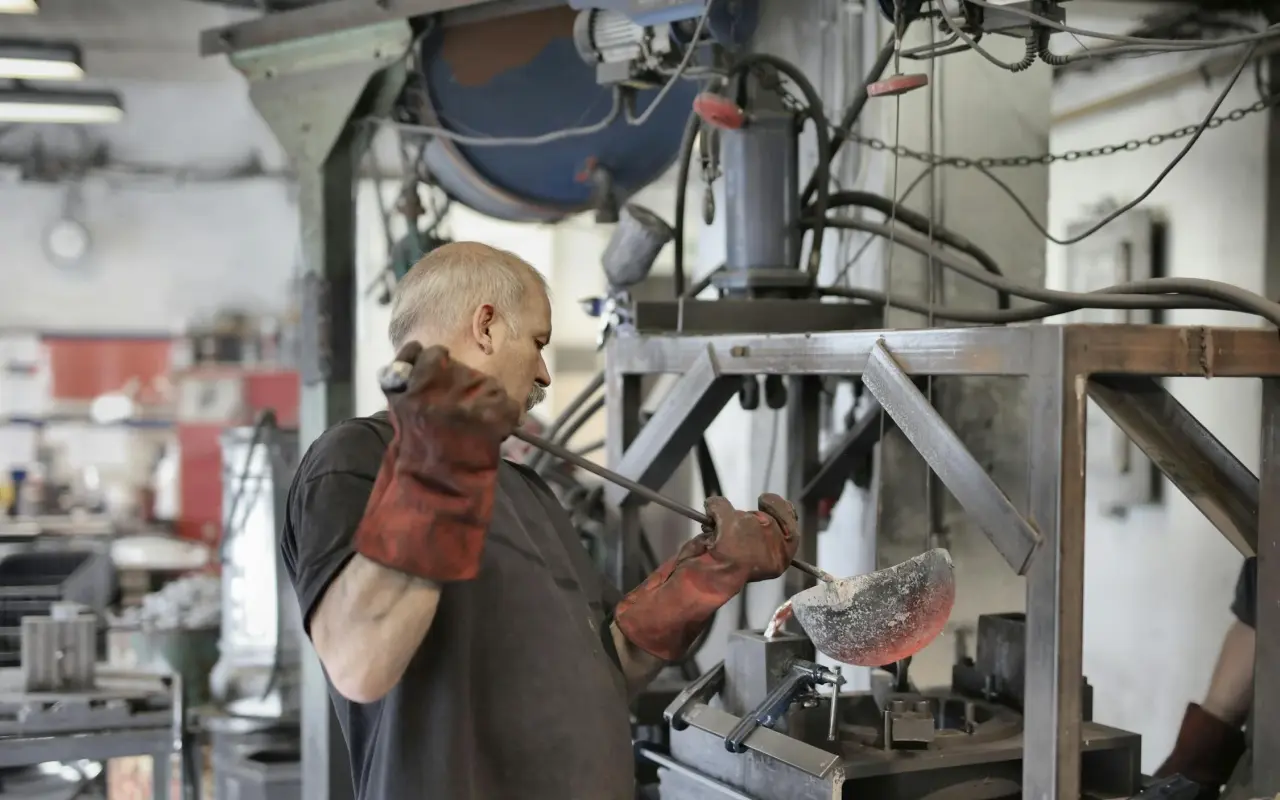Conserving industrial heritage in innovative ways
Historic England’s Industrial Heritage Reuse provides leading examples. These projects reduce carbon footprints and utilise embodied energy in existing structures. Each provides an example of commercial space or facilitate embodied energy through existing structures.
Linton Falls Hydropower Facility
This project successfully brought a Scheduled Monument back into use as a renewable energy source. The former rural hydro-electric power station, built in 1909, was restored and now generates 500,000kWh per year, powering about 90 homes and saving 216 tonnes of CO2 emissions annually compared to fossil fuel generation.
Cromford Mill
As part of the Derwent Valley Mills World Heritage Site, Historic England partnered with the Arkwright Society to secure a viable future for this Grade I listed building. The mill has been converted into premises for 25 business tenants, making it both an important employment site and a visitor attraction. This adaptive reuse has generated revenue to maintain the site and develop its potential further.
Sellers Wheel
Historic England has been involved in the conservation of buildings associated with Sheffield’s metal trades, which are now rare in the city. See this web page for more details – Industrial infrastructure
Other aspects of Historic England’s work
Historic England also lead conservation work through leadership, collaboration and recording.
Strategic leadership
Historic England has undertaken or commissioned national, regional, local, and thematic overviews of threatened or poorly understood industries. This helps inform understanding and guide the management of change, including for 20th-century industries where priorities are yet to be established.
Collaborative efforts
Historic England works with various partners, including local authorities, consultants, contractors, the development sector, and owners to support nationally designated processing and manufacturing sites preserved as heritage attractions. They also develop new ways of collaborative working where physical retention is not possible.
Recording strategies
For sites facing closure or demolition, such as post-war coal- and oil-fired power stations, Historic England encourages owners to implement recording strategies and selectively retain archives and artefacts.
These are great examples of ways to adapt these sites for modern use, balancing conservation with economic and environmental considerations. Read the following document for more information – HE industrial heritage strategy consultation draft


No Responses